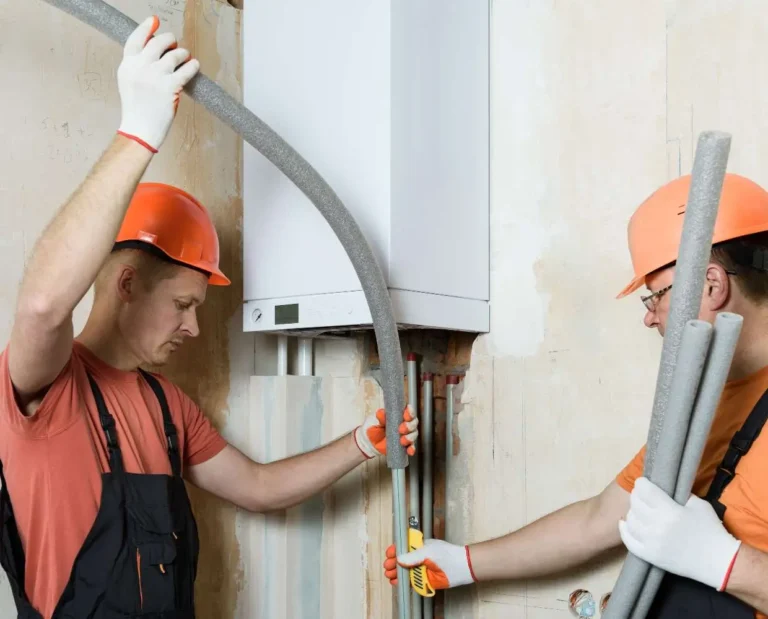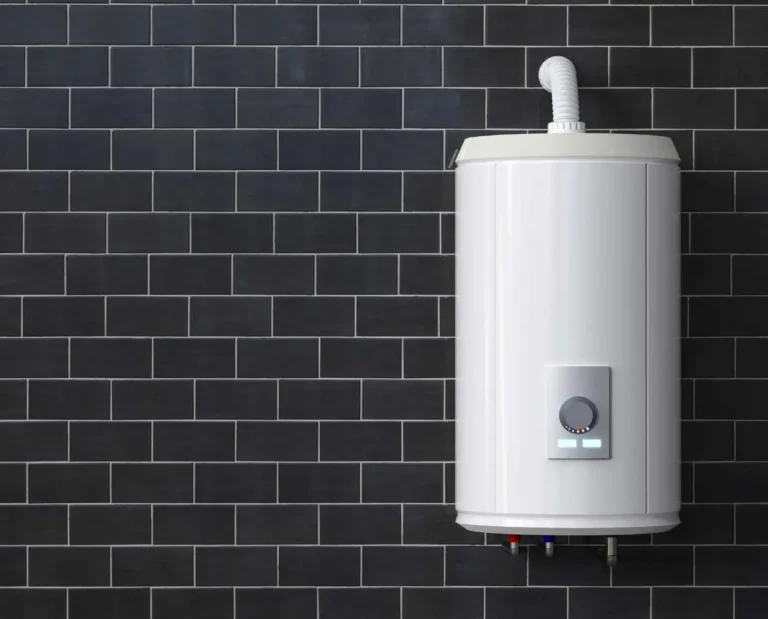External Wall Insulation Cost: A Comprehensive Guide for UK Homeowners
With rising energy costs and a growing focus on sustainability, many UK homeowners are turning to external wall insulation (EWI) as a way to reduce heat loss and improve energy efficiency. However, the external wall insulation cost can vary widely depending on several factors.
This guide will provide you with a comprehensive breakdown of the costs involved, the benefits of EWI, and tips on how to save money without compromising on quality.
EWI Cost Calculator
Why Consider External Wall Insulation?
External wall insulation involves adding a layer of insulating material to the outside of a property, which is then covered with a protective render or cladding. This not only enhances the thermal efficiency of a home but also helps to modernize its appearance. Here’s why external wall insulation is worth considering:
- Enhanced Energy Efficiency: By reducing heat loss through walls, EWI can significantly lower your energy bills. Homes with solid walls (common in houses built before the 1920s) can lose up to 35% of their heat through walls, making EWI a highly effective solution.
- Improved Home Comfort: Insulation helps maintain a consistent indoor temperature, making your home warmer in the winter and cooler in the summer.
- Environmental Benefits: Reduced energy consumption means a lower carbon footprint, which is crucial for eco-conscious homeowners.
- Boosts Property Value: Energy-efficient homes are more attractive to potential buyers, potentially increasing your property’s market value.

Breaking Down the Costs: What Homeowners Should Know
The cost of external wall insulation in the UK varies based on several factors, including the type of insulation material, property size, and location. Here’s a closer look at the cost components:
1. Material Costs
The type of insulation material chosen can greatly influence the overall cost. Common materials used for EWI include:
- Expanded Polystyrene (EPS): This is one of the most affordable options, with costs typically ranging from £30 to £50 per square meter. EPS is lightweight and offers good thermal insulation, making it a popular choice for many UK homeowners.
- Mineral Wool: Known for its fire-resistant properties, mineral wool is slightly more expensive, costing around £40 to £60 per square meter. It is also an excellent choice for soundproofing.
- Phenolic Resin Insulation: This high-performance insulation material can cost between £60 and £80 per square meter. It offers excellent thermal efficiency, allowing for thinner panels that are less obtrusive.
2. Labour Costs and Installation Complexity
Labour costs for EWI can vary widely depending on the location, the complexity of the installation, and the contractor’s experience. On average, labour costs range from £100 to £150 per square meter. Factors that can impact the labour cost include:
- Property Type and Size: Larger properties or those with more complex architecture may require more time and expertise, increasing labour costs.
- Wall Condition: If the existing walls need repairs or modifications before insulation can be applied, this will add to the overall cost.
- Accessibility: Properties that are difficult to access may require scaffolding or other equipment, which adds to the cost.
3. Additional Expenses
Aside from materials and labour, there are additional costs to consider:
- Scaffolding: For properties taller than a single storey, scaffolding is often required, which can add £500 to £2,000 to the total cost.
- Planning Permission: In some cases, planning permission may be needed, especially if you live in a listed building or conservation area. Application fees can range from £200 to £500.
- Finishes and Render: The protective render or cladding finish adds to the cost, typically ranging from £25 to £75 per square meter, depending on the type and style chosen.
Cost Comparison: External vs. Internal Wall Insulation
While both external and internal wall insulation can help reduce energy bills, there are significant differences in terms of cost and impact:
- External Wall Insulation (EWI): Generally more expensive, with an average cost ranging from £8,000 to £15,000 for a semi-detached house. EWI does not reduce interior space and also enhances the exterior appearance.
- Internal Wall Insulation (IWI): More affordable, with costs ranging from £4,000 to £10,000. However, IWI reduces internal floor space and can cause significant disruption during installation.
How to Estimate the Cost for Your Property
Estimating the cost of external wall insulation for your home requires considering all the factors mentioned above. Here are some steps to help you estimate the external wall insulation cost:
- Use Online Cost Calculators: Several online tools allow you to input details like your property’s size and location to get a rough estimate. You can use our EWI cost calculator.
- Get Multiple Quotes from Professionals: It’s crucial to get at least three quotes from reputable insulation companies to compare prices and services.
Potential Savings and Payback Period
One of the most compelling reasons to invest in external wall insulation is the potential savings on energy bills. The payback period for EWI can vary based on the property’s current energy efficiency, the cost of installation, and energy prices. Generally, UK homeowners can expect a payback period of 10 to 15 years. However, with rising energy costs, the savings could be even greater.
Grants and Financial Support Available in the UK
Several grants and schemes are available to help offset the cost of external wall insulation:
- Energy Company Obligation (ECO) Scheme: This government-backed scheme requires energy companies to fund energy-efficient home improvements for eligible households.
- Green Homes Grant: Although currently closed, it’s worth keeping an eye out for any new schemes or local council grants that could help reduce the cost.
To find out if you qualify, visit the UK government’s website or consult with a professional insulation company.
Top Tips for Reducing External Wall Insulation Cost Without Compromising Quality
- Source Your Materials: Some contractors may allow you to source your own insulation materials, potentially reducing costs.
- Plan Ahead: Scheduling work during off-peak seasons can sometimes result in discounts.
- Negotiate with Contractors: Don’t be afraid to negotiate on price and request discounts, especially if you’re undertaking multiple home improvement projects.


